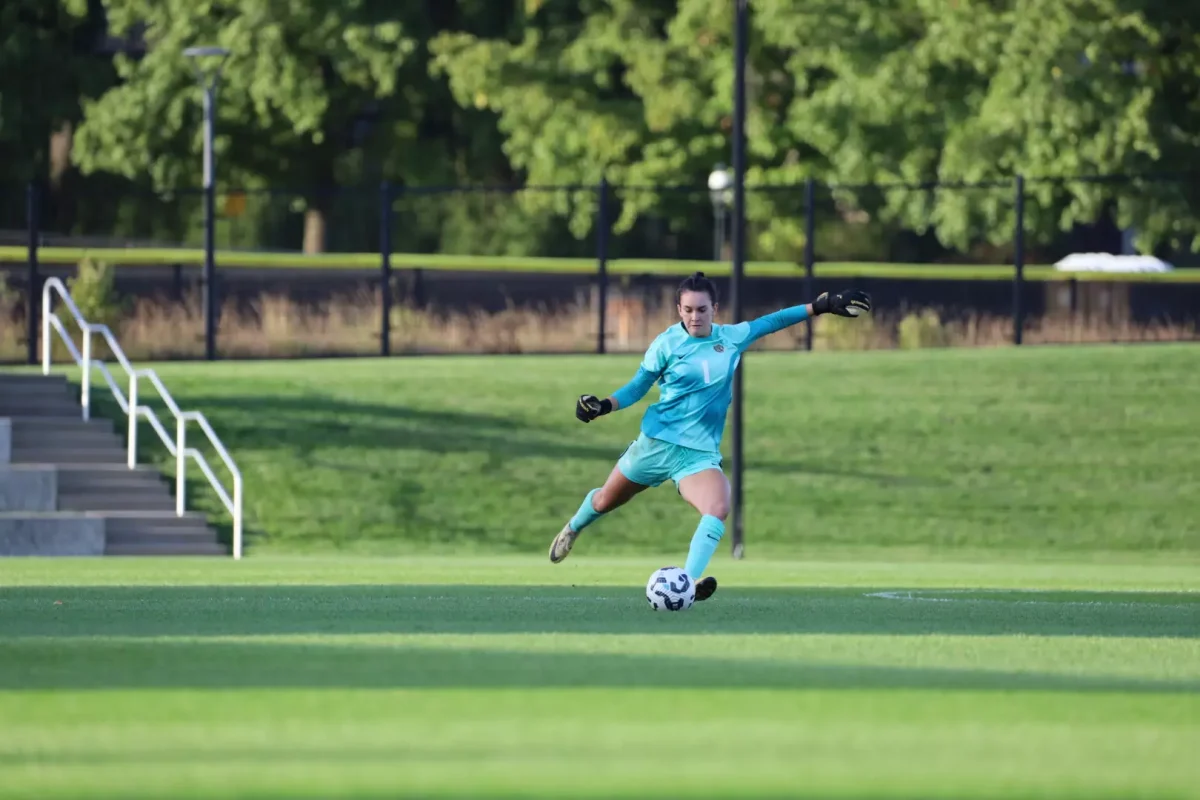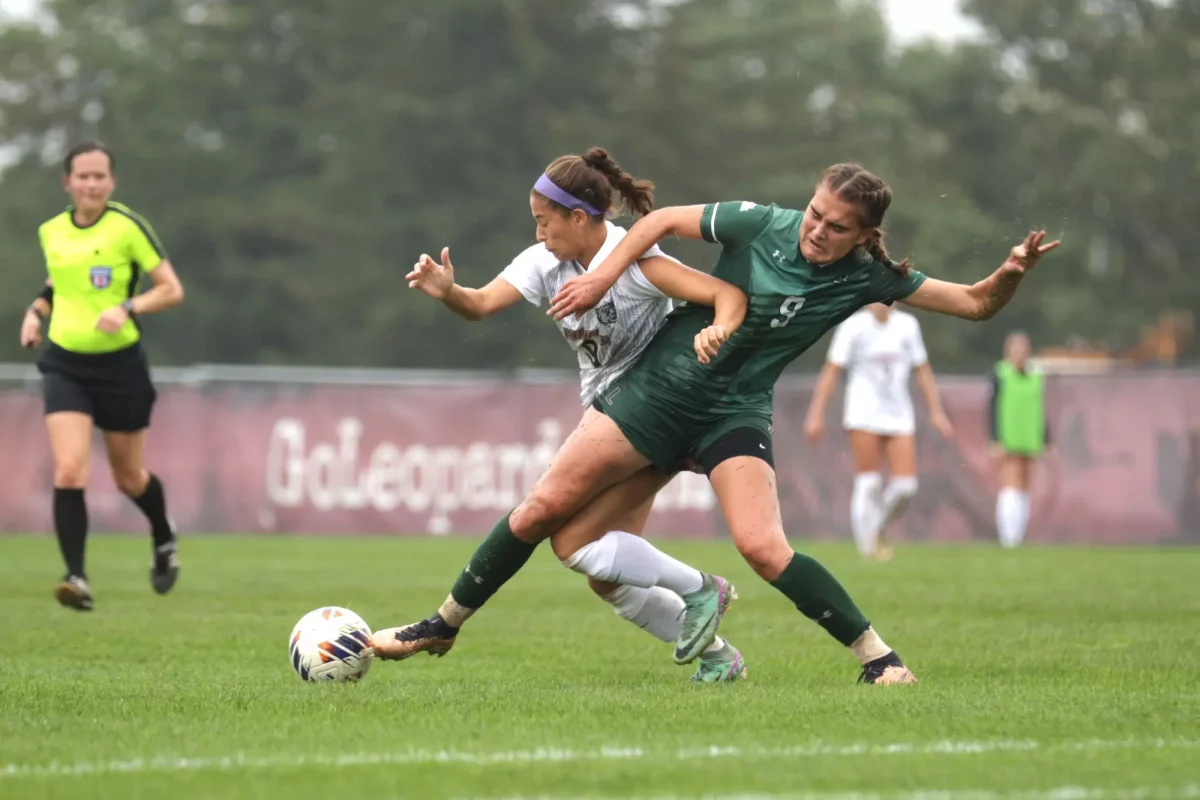Initiative moves from classroom to campus
Students are seeing their work on environmental issues inside the classroom translate to outside the classroom.
With inspiration from a college course, Lafayette has switched its method of recycling in order to be more efficient and environmentally friendly since the beginning of the semester. Called single stream recycling (SSR), the new method allows students, faculty and staff to put all recycling into one trash can.
Before, recyclables were divided into separate bins by the type of material in separate bins.
The idea and research for the switch to this method, which is intended to increase the amount of waste recycled, came from a course organized in the spring semester of 2014 by Engineering Studies Professor Julia Nicodemus called Sustainable Solutions.
Nicodemus then worked with the Sustainability Committee, a group of students and faculty members who collaborate with the Office of Facilities Planning to advocate for greater sustainability on campus.
All recycled material is currently being sent to SSR facilities that sort and recycle the waste, according to President of Lafayette Environmental Awareness and Protection (LEAP) Alexa Gatti ‘16 and member of the Sustainability Committee.
The committee, however, is still awaiting approval to post SSR signs on the recycle bins around campus that notify users that they do not need to separate their recycling.
The course required students to understand Lafayette’s recycling system and identify alternative ways recycle efficiently. Nicodemus and her students found that SSR was the most efficient option because it simplifies the process by allowing students to recycle aluminum, glass, plastics and paper in single recycling bins.
“[SSR] reduces the amount of thinking, so it tends to have increased divergence rate, the amount of recyclable materials going to recycling than landfills,” Nicodemus said.
Lafayette diverts 13 percent of recyclable waste to recycling facilities, while the national divergence rate average is 30 percent in colleges and universities, according to Nicodemus’s research.
“If a recycling bin has the slightest contamination, it’s immediately discarded, and what could’ve been recycled and reused ends up in landfill,” Scarlett Jimenez ’15, who took the class, wrote in a text.
Gatti had concerns with previous inconsistent recycling labels.
“If people are recycling properly and not throwing food waste into the recycling bin, then it won’t get thrown away,” Gatti said. “It may be hard with not clear labeling but that is going to change.”
Sustainable Solutions surveyed 967 students and discovered that 86 percent of students said they were likely or very likely to recycle more if they did not have to separate the materials. Eighty-five percent of students said they recycle when it is convenient, while only 29 percent recycle even if it is inconvenient. The surveys found that only five percent can accurately describe what items can be recycled on campus.
Nicodemus said that the advantage of having recycle bins next to trash cans is that it makes recycling more convenient.
“If you can’t walk up to a trash can without also walking up to a recycling bin, then you get the message that it’s important and you have the convenience,” Nicodemus said. “If you got a really consistent system, where it’s always blue for recycling, then it’s half a second of thinking.”
Nearly have of those who responded to Nicodemus’s surveys do not believe that Lafayette students take recycling seriously.
LEAP plans to work with the Office of Communications to make SSR visible on school’s website and Facebook page, according to Gatti, who hopes to make recycling an important part of the Lafayette’s culture.
Recycling is most effective when it’s convenient,” added Nicodemus. “Our system could be a lot better and the move [to] single stream recycling is a step in the right direction. Students need to care, some do and some don’t.”


















































































































![Turtle shaped recycling bin located in the Williams Visual Arts Building [Photo by Willem Ytsma ‘16]](https://lafayettestudentnews.com/wp-content/uploads/2015/09/Copy-of-Recycle_WillemYtsma16.jpg)